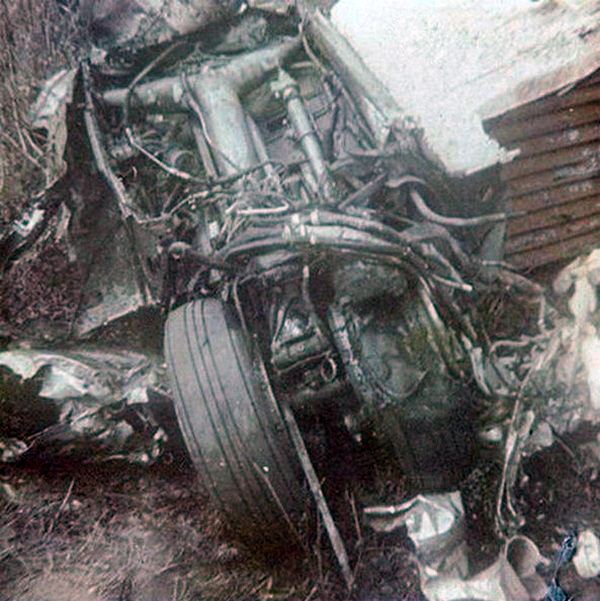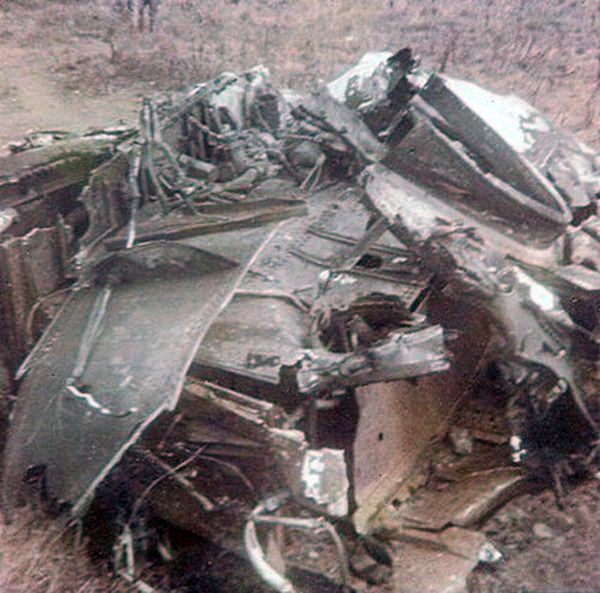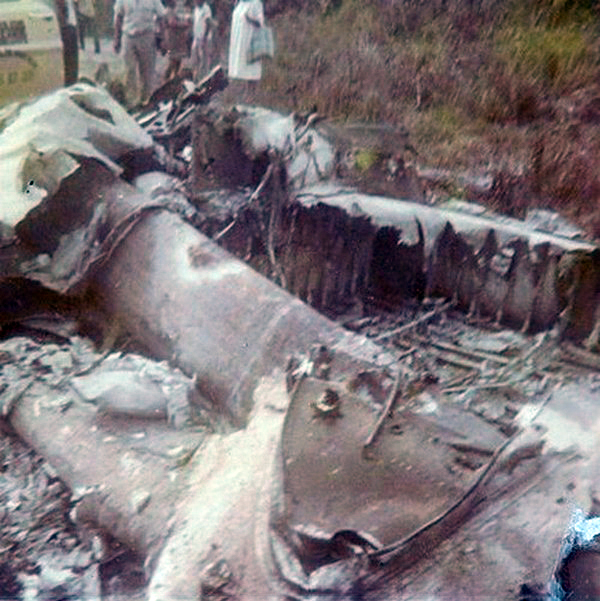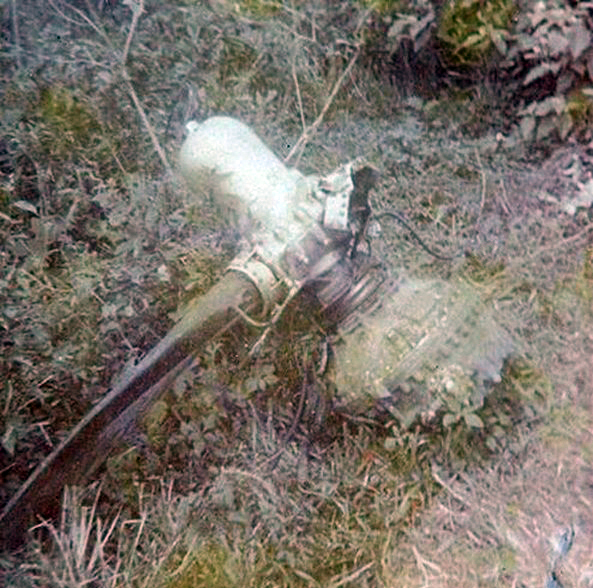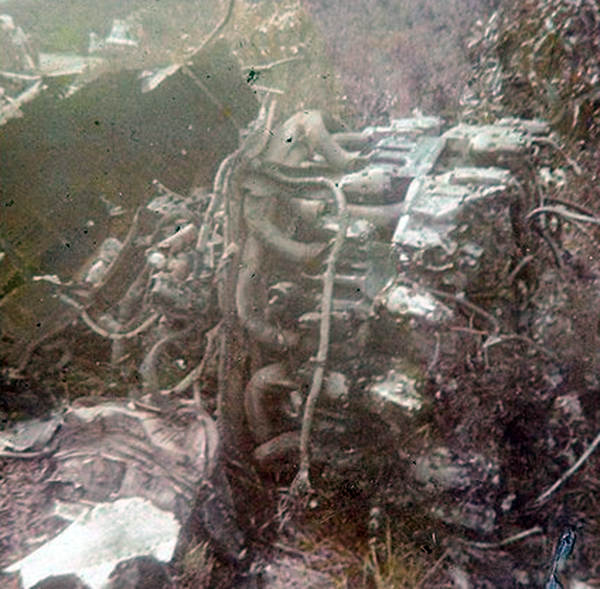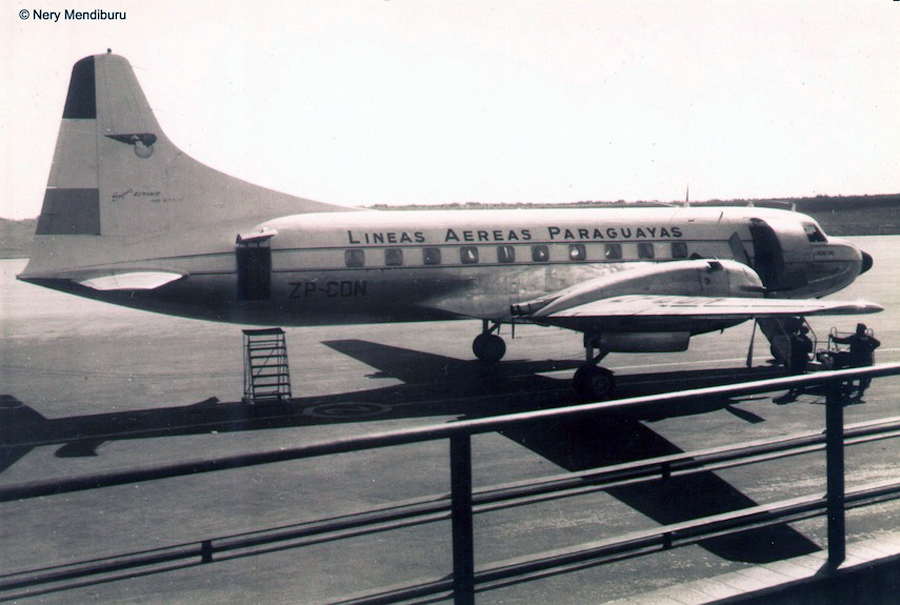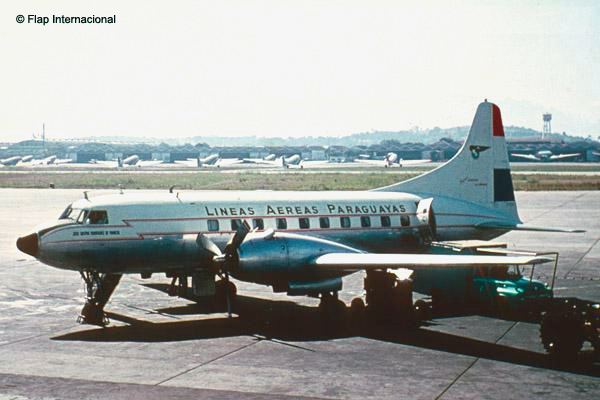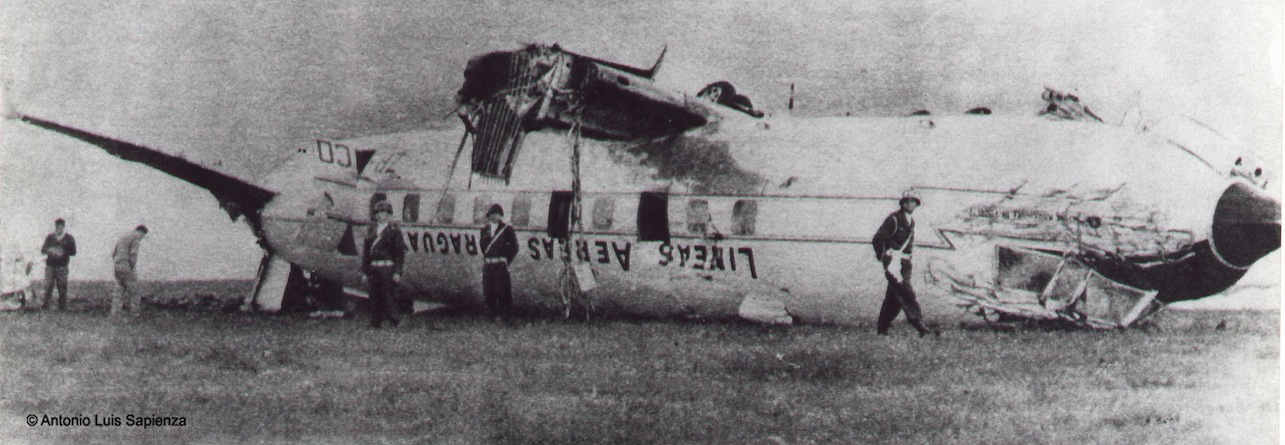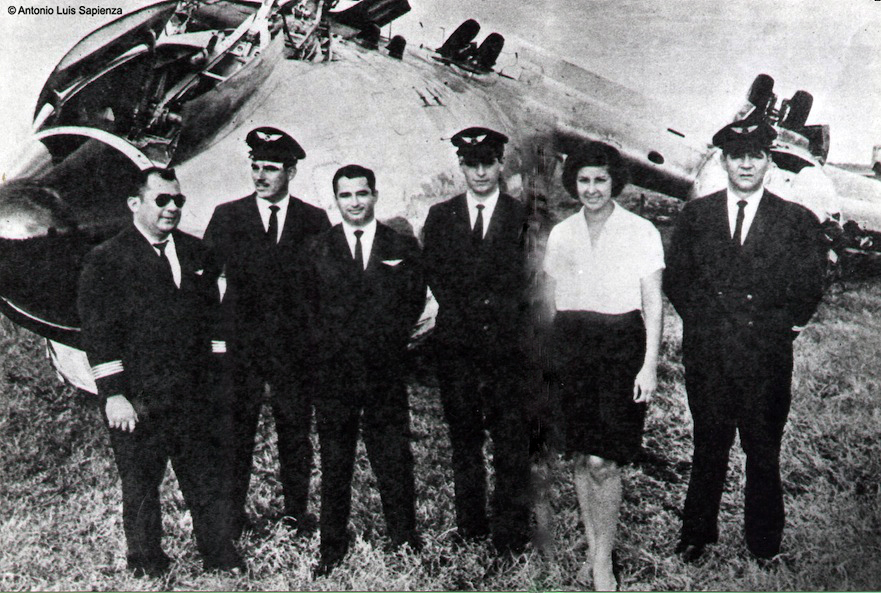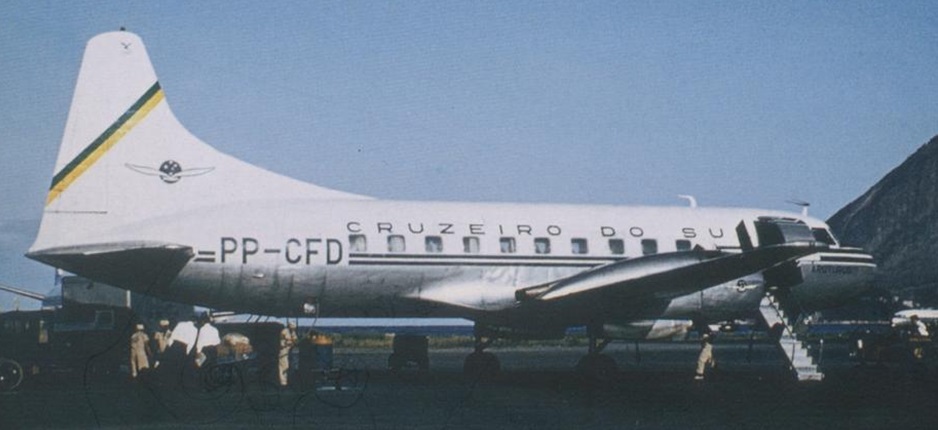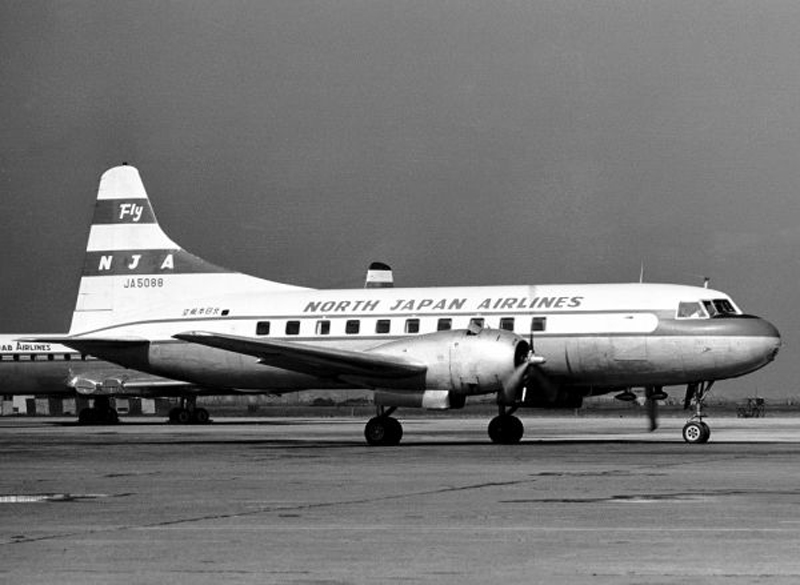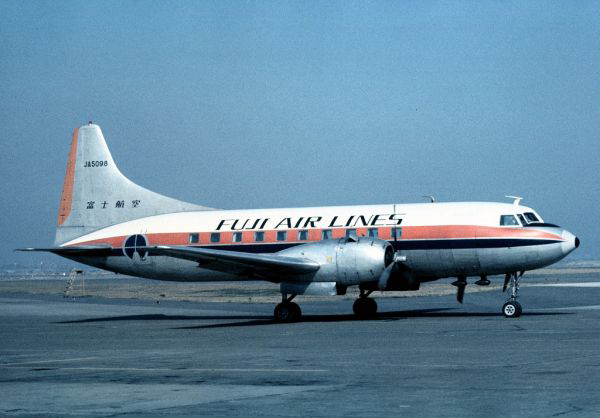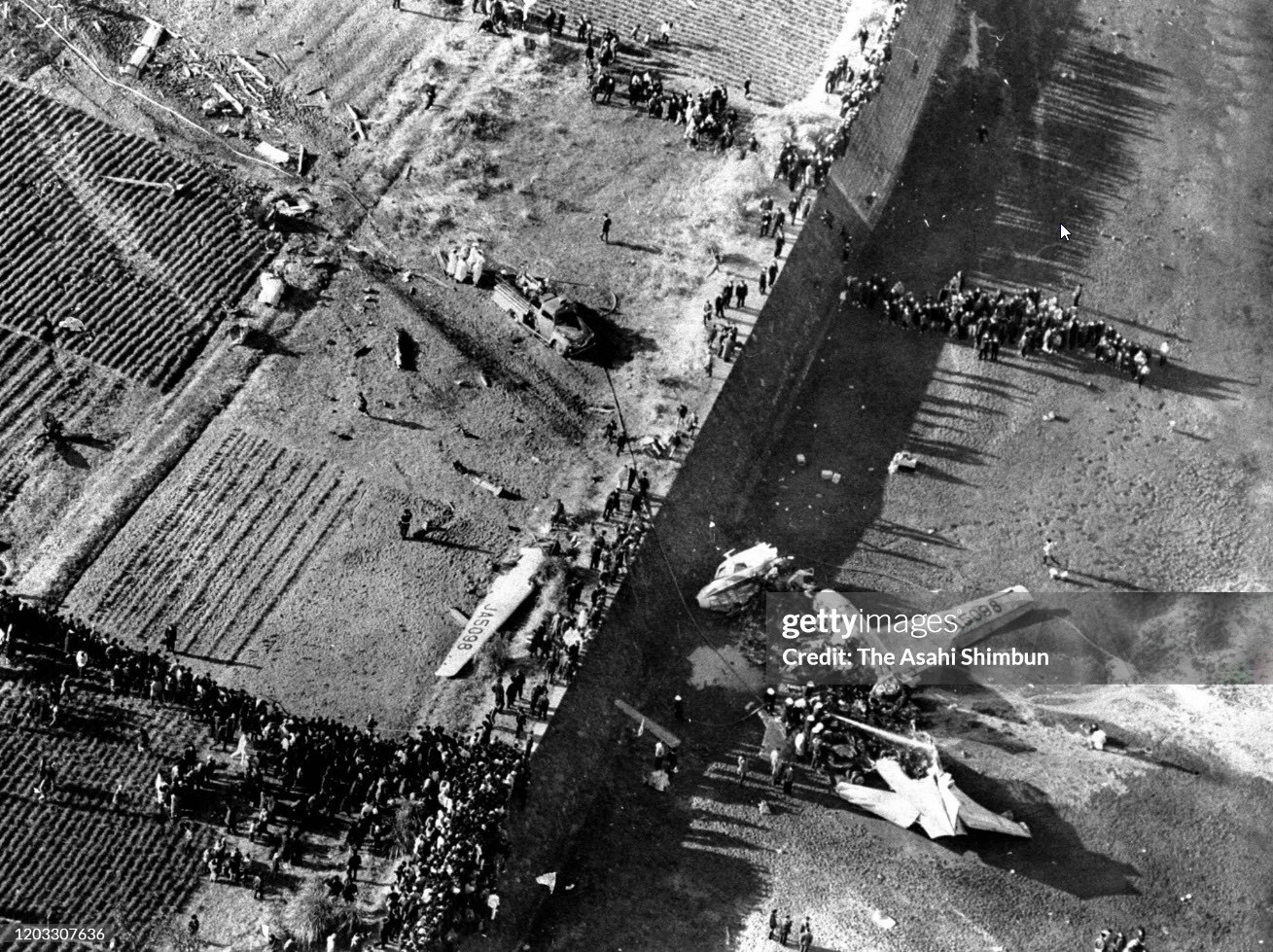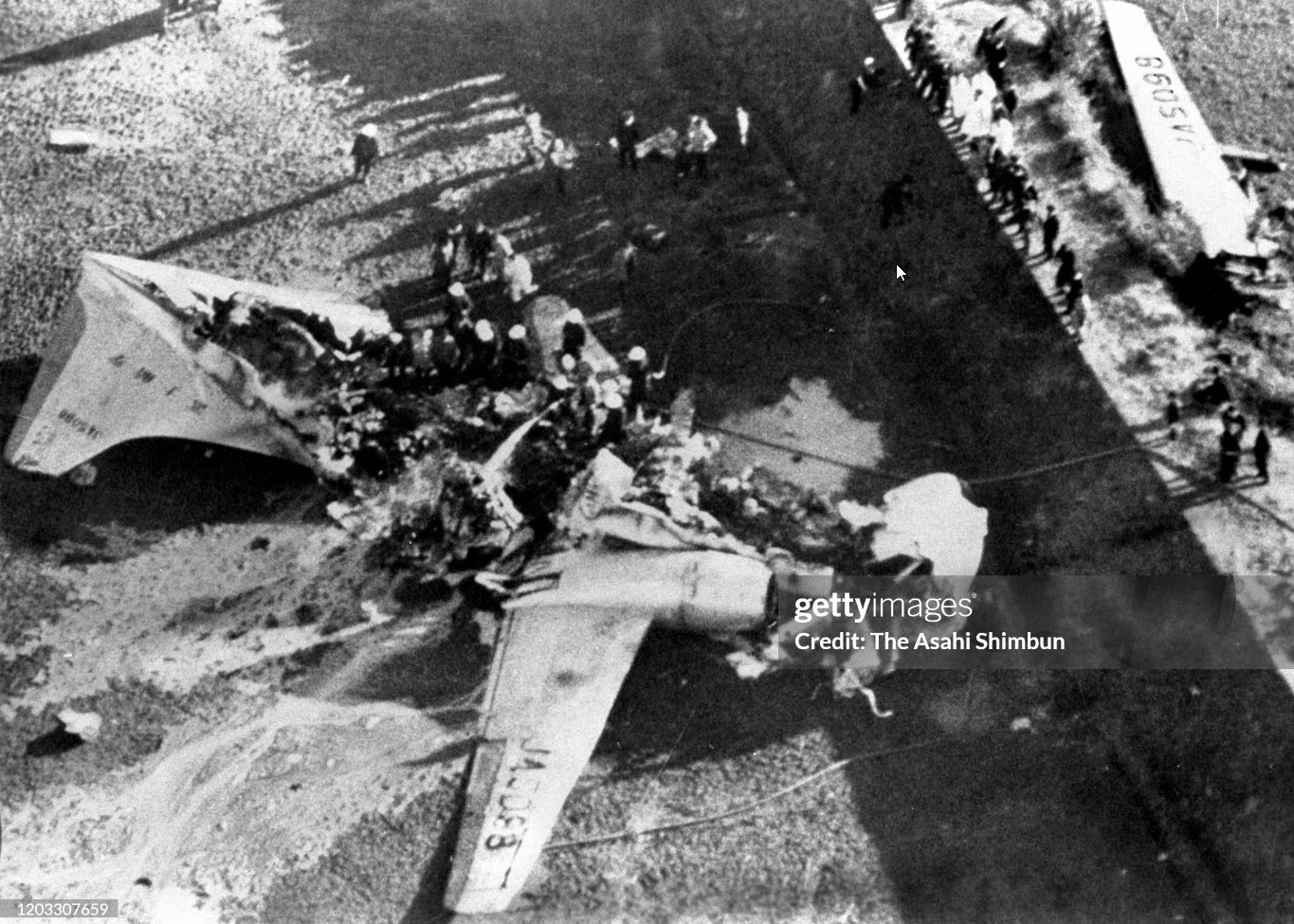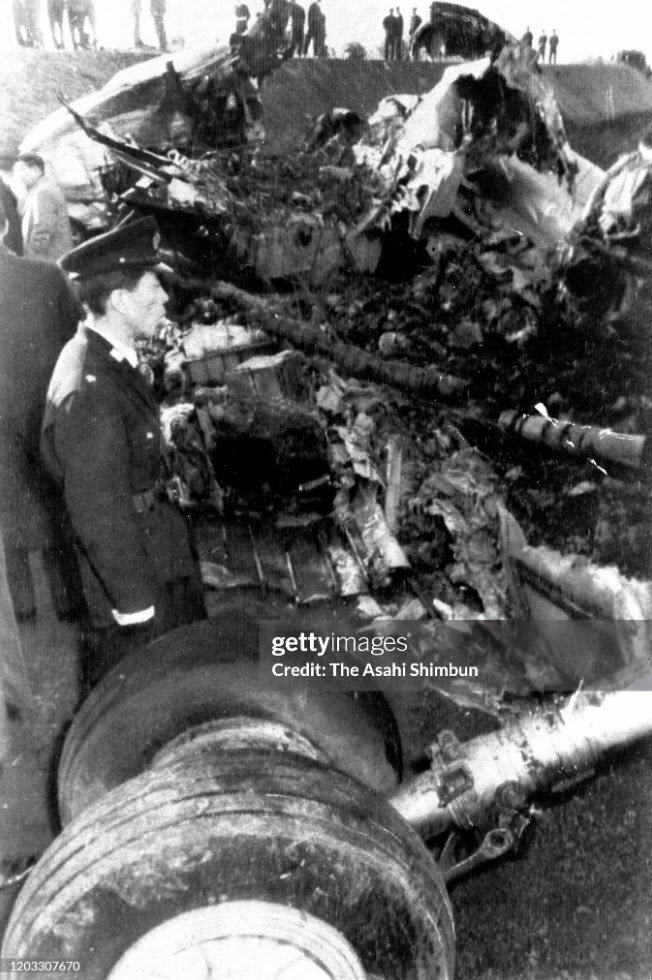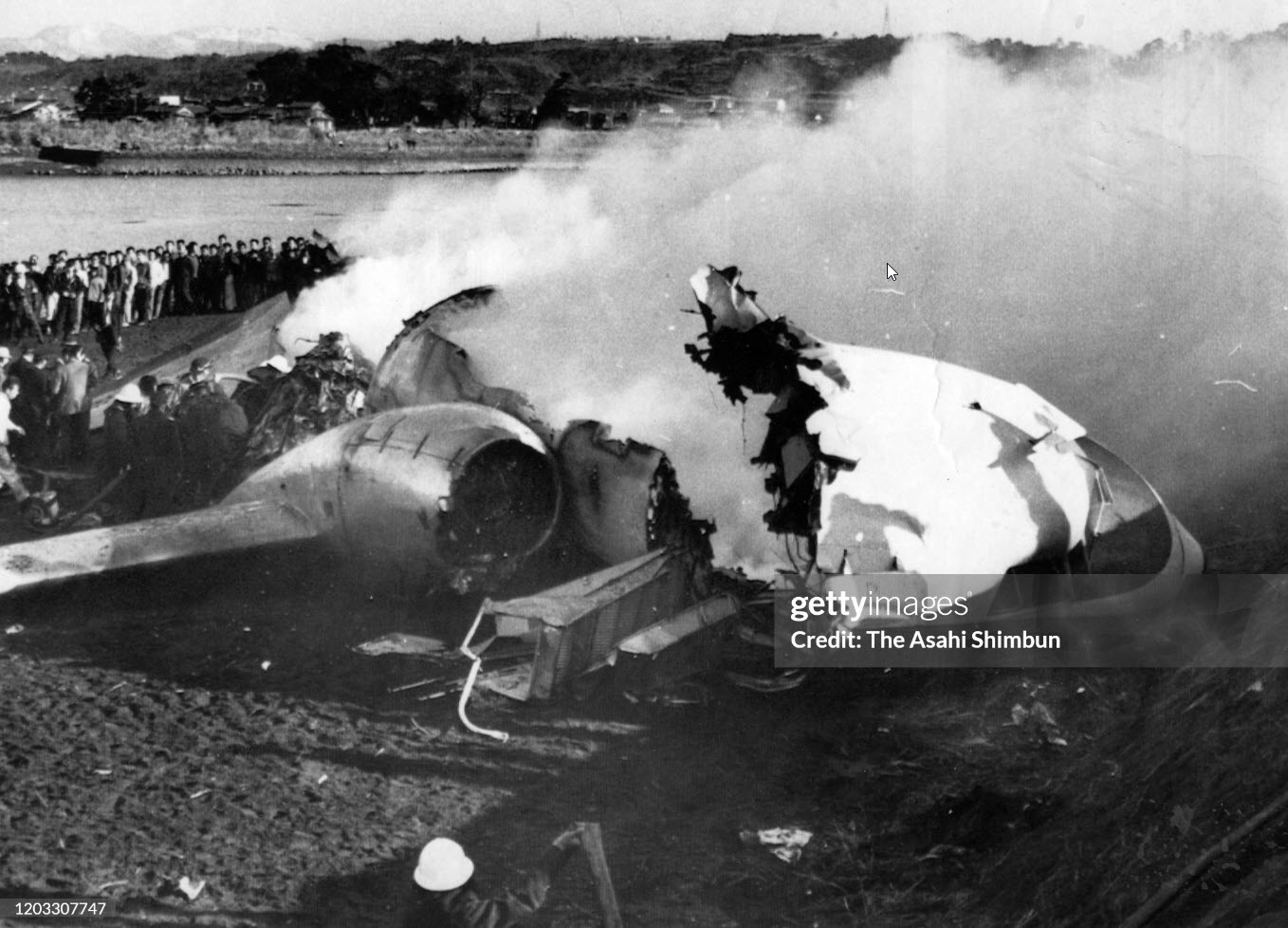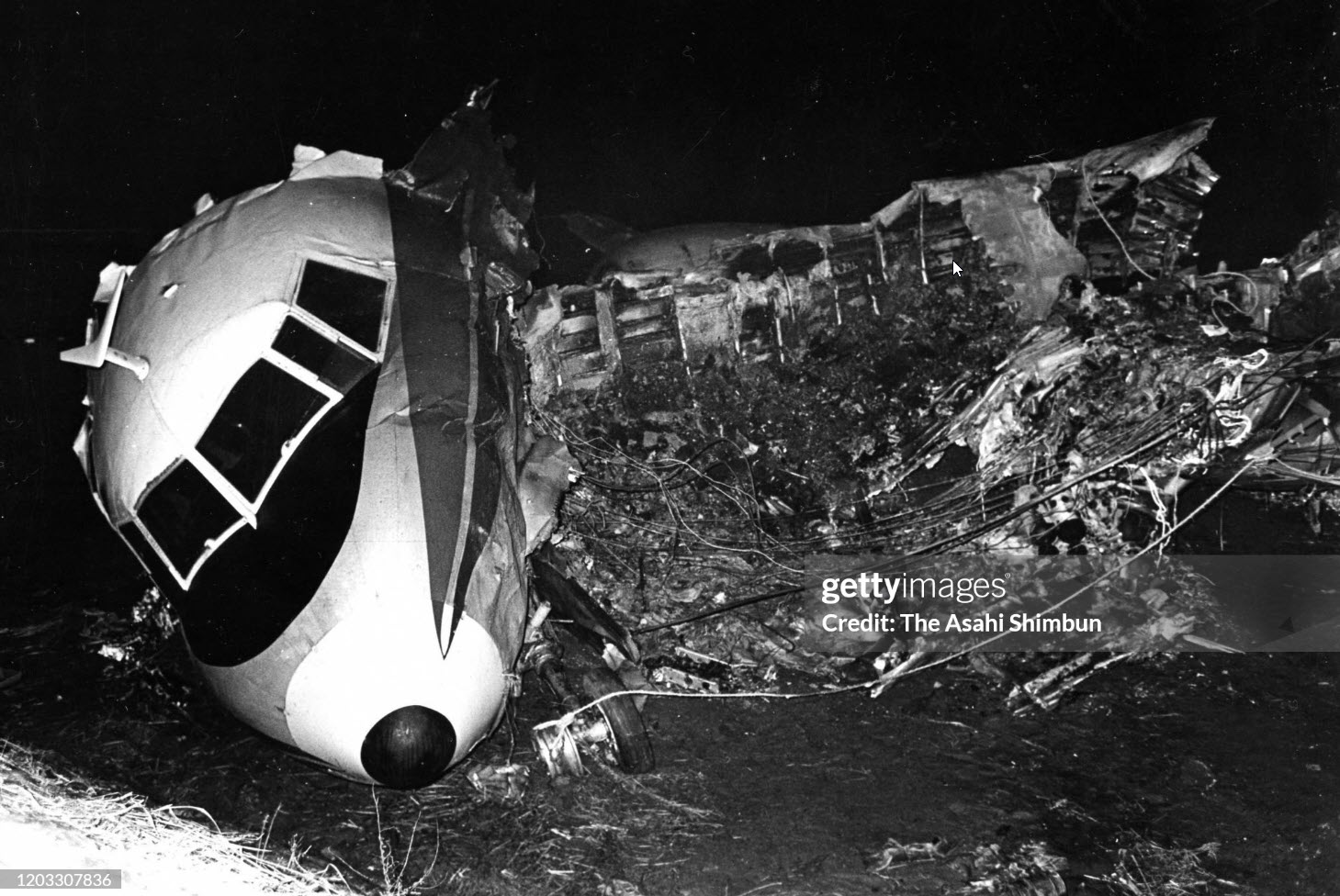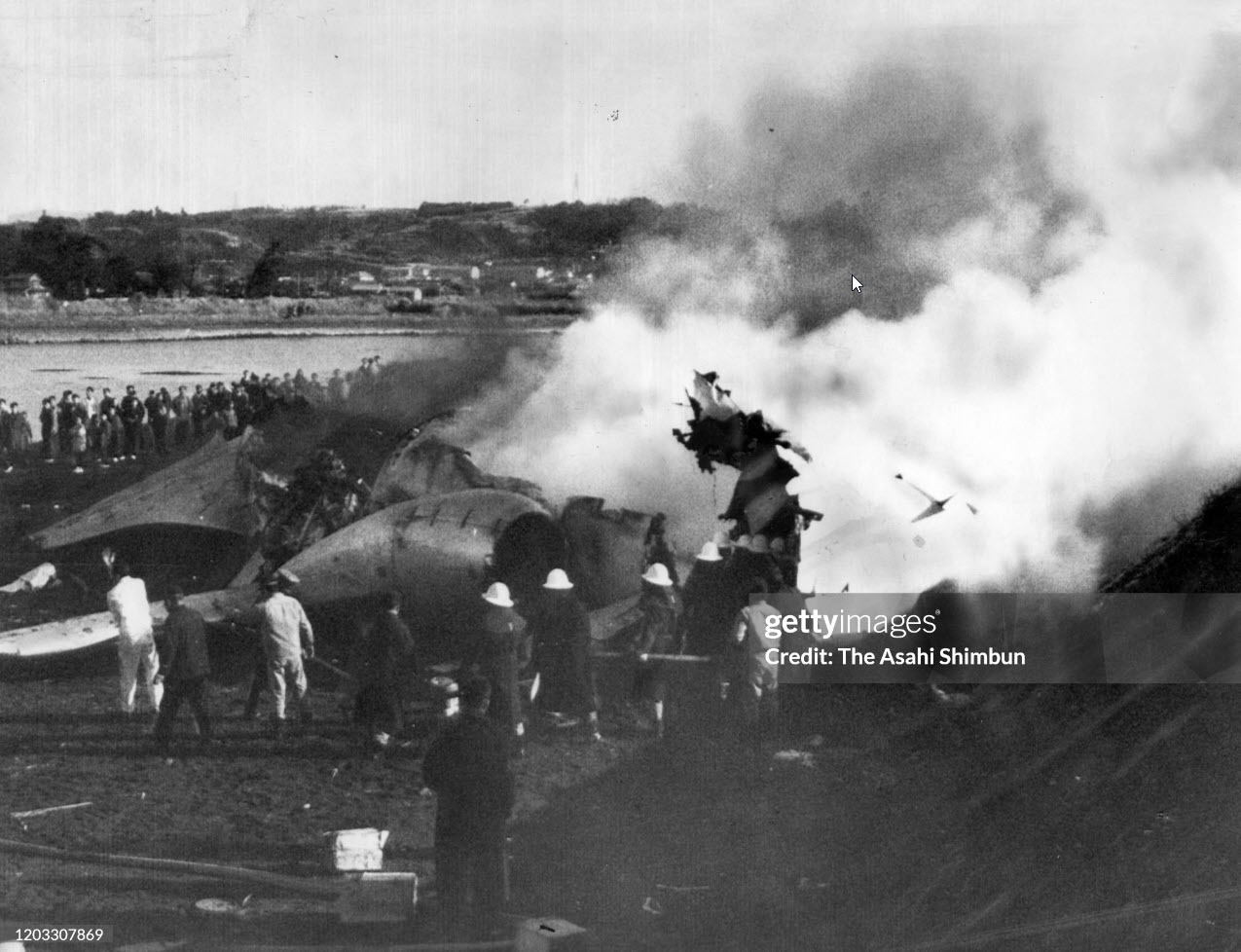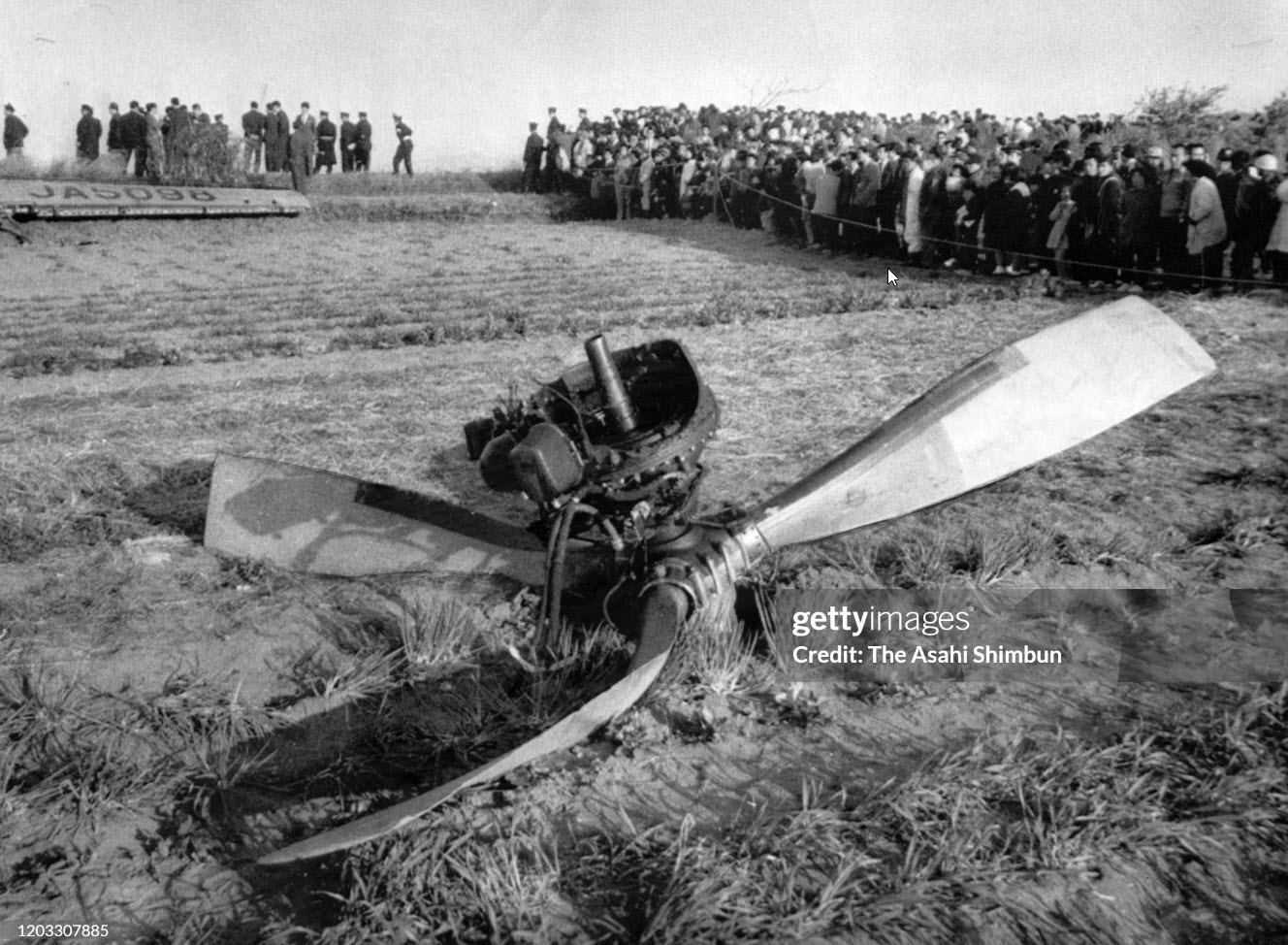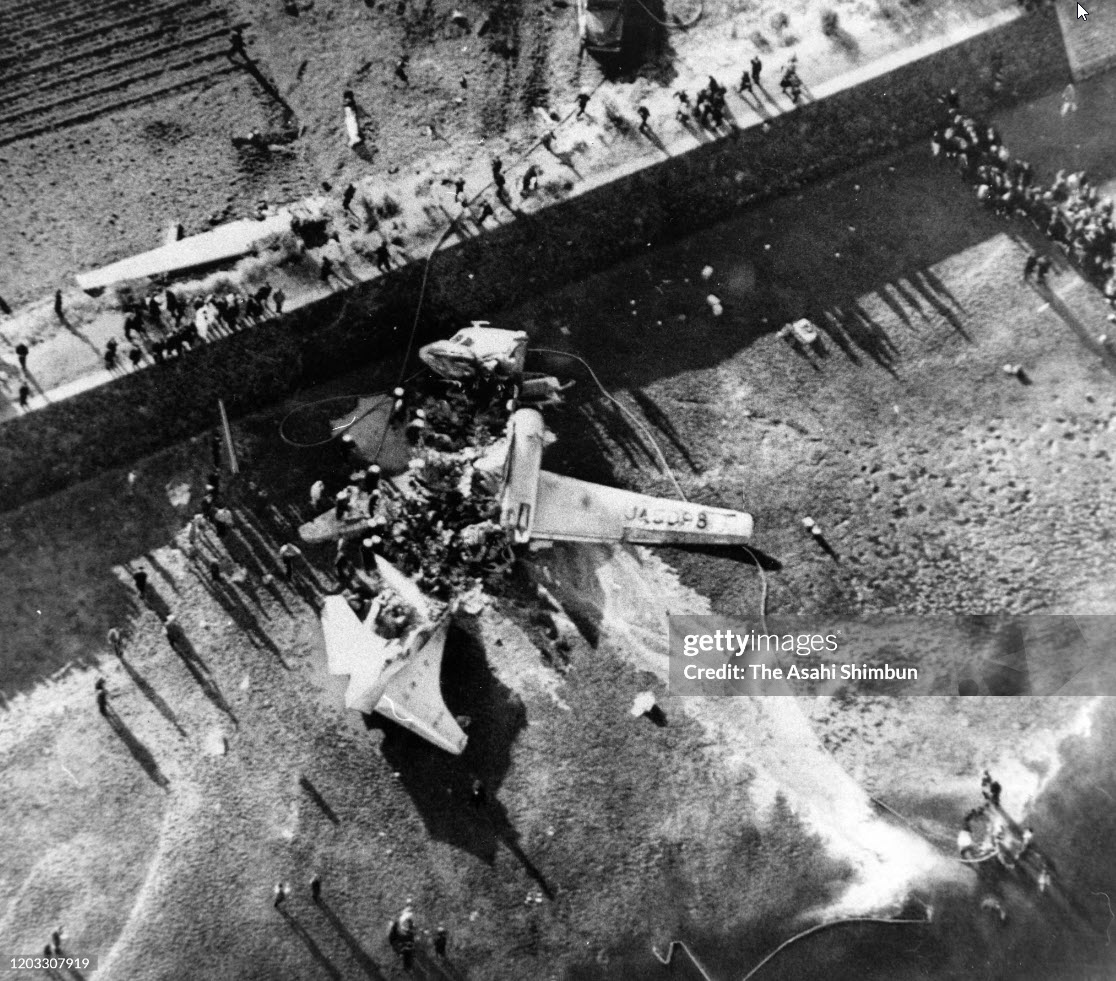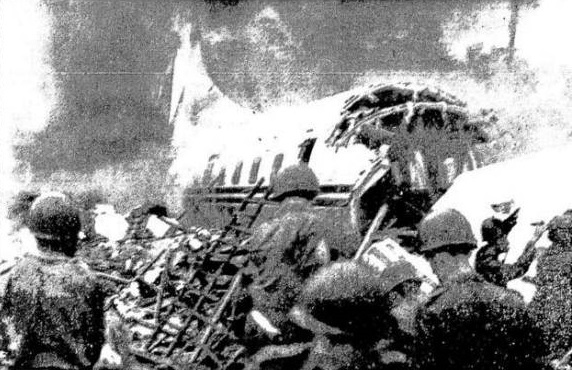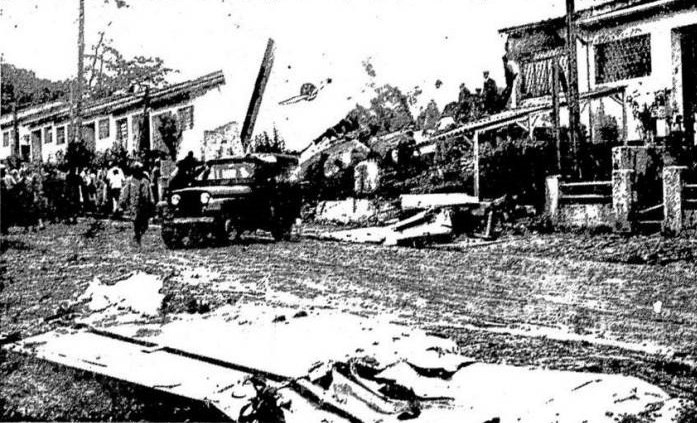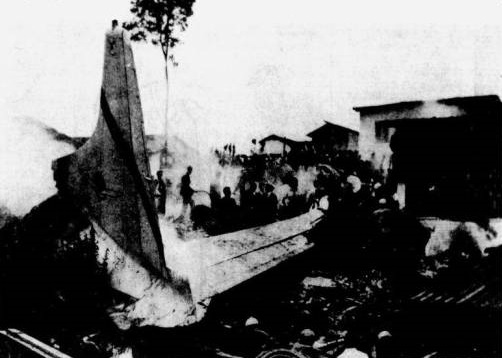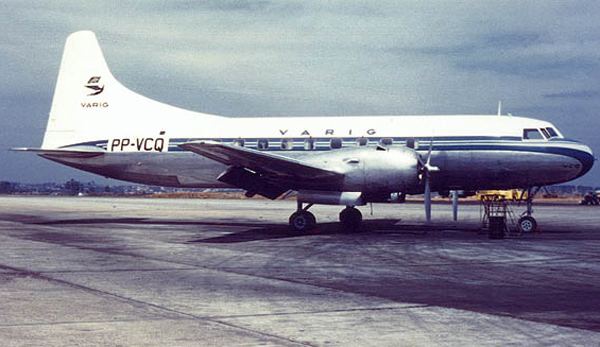Crash of a Convair CV-240-2 in Poza Rica: 18 killed
Date & Time:
Jan 25, 1970
Registration:
XC-DOK
Survivors:
Yes
Schedule:
Mexico City - Poza Rica
MSN:
71
YOM:
1948
Crew on board:
4
Crew fatalities:
Pax on board:
15
Pax fatalities:
Other fatalities:
Total fatalities:
18
Circumstances:
The airplane was chartered by the government to carry a delegation of 15 journalists from Mexico City to Poza Rica to cover the presidential campaign of the candidate Luis Echeverría Álvarez. On approach to Poza Rica, the crew encountered poor weather conditions with low clouds and was unable to locate the runway. The captain decided to find a hole in the clouds and started the descent when the airplane struck the Vega Hill located six km east of the airfield. The aircraft was destroyed by impact forces and a post crash fire and a passenger (Jesús Kramsky) was seriously injured while 18 other occupants were killed.
Passenger list:
Adolfo Olmedo Luna (Ovations), †
Mario Rojas Cedeño (El Sol de Mexico), †
Hernán Porragas (El Sol de Mexico), †
José Zárate Droit (El Sol de Mexico), †
Lorenzo B. Hernández (El Sol de Mexico), †
José Falconi C. (El Heraldo de México), †
Jesús Kramsky (El Heraldo de México),
Ismael Casasola T. (El Heraldo de México), †
Eduardo Quiroz G. (El Heraldo de México), †
Rafael Moya R. (El Heraldo de México), †
Ruben Ochoa Porras (Fans), †
Rodolfo Martínez (La Prensa), †
Jesús Figueroa M. B. (La Prensa), †
Jaime Gonzalez H. (Excelsior), †
Miguel de los Santos (Agencia Pimsa). †
Passenger list:
Adolfo Olmedo Luna (Ovations), †
Mario Rojas Cedeño (El Sol de Mexico), †
Hernán Porragas (El Sol de Mexico), †
José Zárate Droit (El Sol de Mexico), †
Lorenzo B. Hernández (El Sol de Mexico), †
José Falconi C. (El Heraldo de México), †
Jesús Kramsky (El Heraldo de México),
Ismael Casasola T. (El Heraldo de México), †
Eduardo Quiroz G. (El Heraldo de México), †
Rafael Moya R. (El Heraldo de México), †
Ruben Ochoa Porras (Fans), †
Rodolfo Martínez (La Prensa), †
Jesús Figueroa M. B. (La Prensa), †
Jaime Gonzalez H. (Excelsior), †
Miguel de los Santos (Agencia Pimsa). †
Probable cause:
Controlled flight into terrain.
